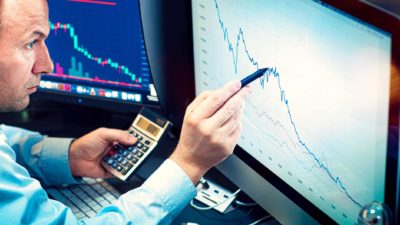Afterpay Ltd (ASX: APT) outlined explosive growth across all key metrics in its highly-anticipated first-half FY21 results announced last Thursday.
However, the Afterpay share price failed to match its impressive results, diving by more than 20% last week. We can attribute part of this slump to weakness in the broader market, especially the recent tech and growth driven selloff.
As the Afterpay share price is hovering around a two-month low, here's what Goldman Sachs thinks it's going to do next.
Goldman Sachs neutral on the Afterpay share price
On 26 February, Goldman described the Afterpay result as 'solid' with increasing scale driving unit economics.
The broker points to an increasing frequency of use as a driver of strong unit economics, which will help the company offset the opex investment required to further scale its United States and European Union businesses.
Goldman believes that strong customer growth and frequency of use remain two of the most important metrics for Afterpay, given they indicate product/market fit with consumers.
The broker has observed that the frequency of use trends in the US and UK are lagging but impacted by a much more rapid customer growth rate.
Conversely, the Australian and New Zealand markets show that high customer growth can mask the frequency of use trends, which accelerate sharply as customer growth slows. The ANZ region experienced much of its explosive customer growth in FY18, which saw the platform's frequency of use growth fall as low as 6% in 2H18.
As customer additions slow in FY20/21, frequency of use growth has picked up to 19%, 23% and 30% in 1H20, 2H20 and 1H21, according to Goldman Sachs Global Investment Research.
Rising costs for Afterpay
Goldman has also pointed out that Afterpay is spending more to acquire customers, but given a short pay-back period of ~1 year, it is still value-accretive given the long-term frequency of use trends. The broker's data cited approximately $4.78 in marketing dollars per new customer added in FY18, ramping up to $21.42 in 1H21.
Looking ahead, Goldman still expects Afterpay to incur substantial cost investment as it scales in North America and the EU. According to Goldman's estimates, opex is expected to increase to $399.9 million, $530.3 million and $656.7 million in FY21/22/23. This compares to the FY20 opex of just $228.8 million. As a result of rising expenses, the broker slightly downgraded the company's FY21 and FY22 earnings estimates.
Overall, Goldman remains neutral on the Afterpay share price, with a 12-month price target of $127.60.









